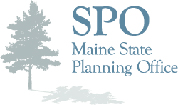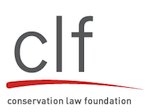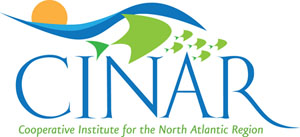A year after the BP oil spill in the Gulf of Mexico, marine toxicologist Dr. Susan Shaw, founder and director of the Marine Environmental Research Institute (MERI) in Blue Hill, Maine, returned to inspect the region and found oil everywhere, just six inches under the deceptively clean sand on beaches, along with evidence of recent deaths of many marine mammals and turtles. Southern regions of the U.S. have been hammered recently by an unusual number of exceptionally strong storms and tornadoes. The tsunami that savaged Japan left a nuclear hazard in its wake.
While the earth and its oceans are under attack everywhere by the forces of nature combined with the hazards of technology, and the encroachment of development – there’s hope. People around the Gulf of Maine and around the world are using low- and high-technology to protect and enhance the environment, and seeking innovative ways to do it.
The Census of Marine Life has uncovered and shows us new species, tripling the number that were already known – more reasons to protect our oceans. NERACOOS is monitoring the ocean to provide data that can and does save the lives of people who work on the sea – turning scientific data into useful, everyday information. In Thailand, the replanting of mangroves combined with education of local people is restoring habitat and nurseries for vital species. People around the Gulf of Maine are adding value to local seafood products by selling them directly to local consumers, putting more cash into fishermen’s pockets and reducing the carbon footprint of food consumption. The book reviewed in this issue, Four Fish, describes the status of four of our favorite food fish – salmon, sea bass, cod, and tuna – and suggests alternatives for some farmed species.
We hope you will read about all this and more in our latest issue, and enjoy it.
Nancy Griffin
Gulf of Maine Times editor



















